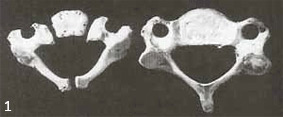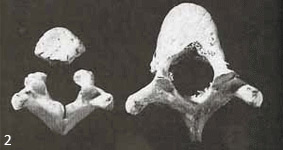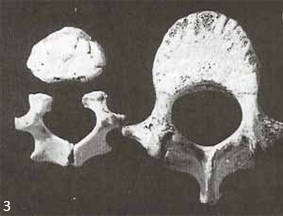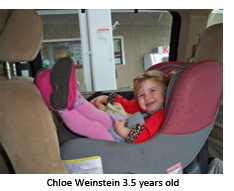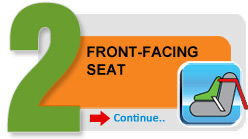Rear Facing Seat

New recommendations from the American Academy of Pediatrics and the National Highway Traffic Safety Administration state that children should ride rear facing until age 2. Many parents and care givers have questions. “Why so long rear facing? Won’t his legs get hurt? What’s he do with his legs? Won’t she be squished? It was good enough for my kids 20 years ago, why isn’t it good enough anymore?”
The answers to these are both simple and complex. The simple answer is that with better science, we can make better recommendations, and until about 4 years ago, we just didn’t have the science. Now that we do, we can say definitively that we know children who rear face, between ages one and two are 5 times safer than their forward facing peers. 5 times - that’s a HUGE difference – 500% safer! When you know better, you can do better. This is why our recommendations have changed.



